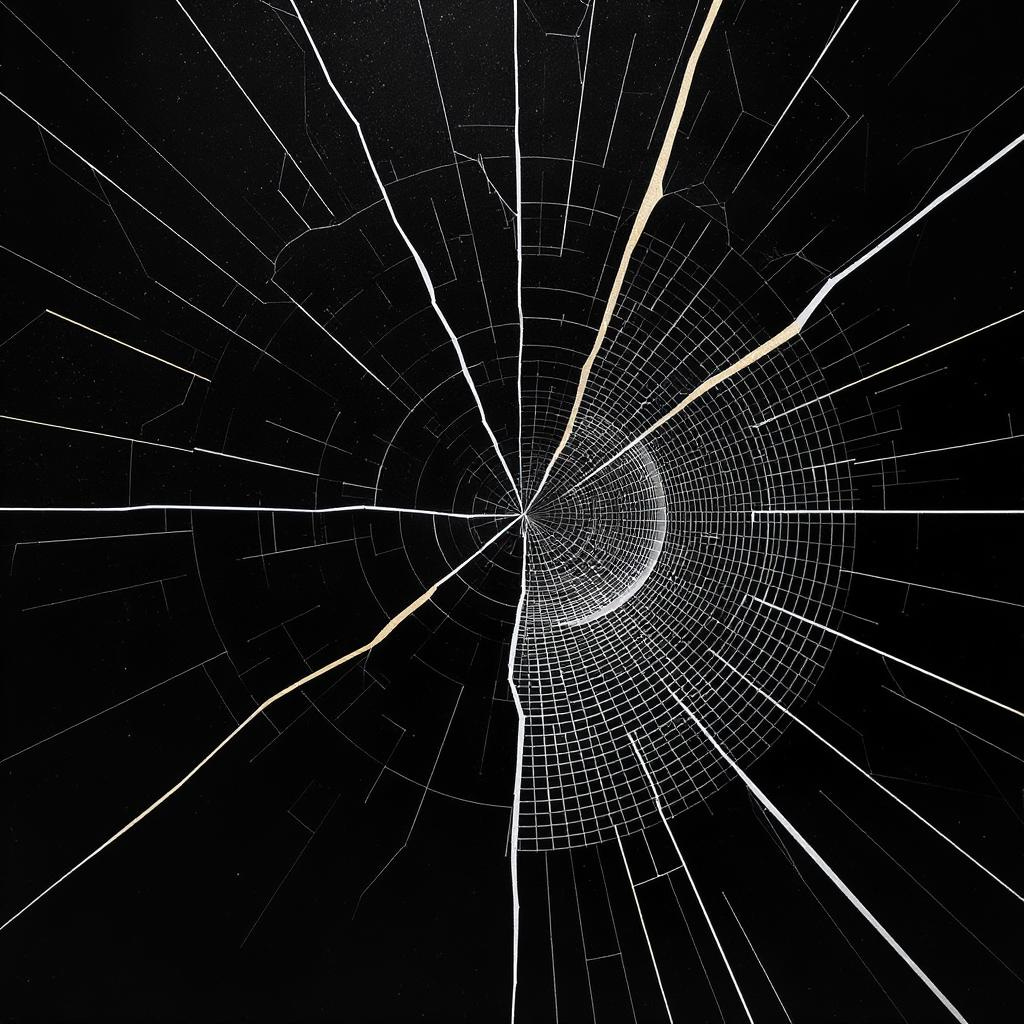Welcome to The Vitruvian Protocol. Built for those who seek clarity, agency, and inner alignment.
This is a comprehensive guide to switching paradigms. It is both philosophical and practical. It is an invitation to leave behind paradigms rooted in fear, scarcity, and separation and to step into ones guided by creativity, abundance, and unity.
Step 1: recognize the current paradigm
Begin with awareness. What paradigm are you currently living within?
Notice repeated outcomes, inner conflict, and limiting beliefs.
Truly Ask: What assumptions do I make about myself, others, and the world?
Observe the metaphors you identify with (e.g., "life is a struggle," "time is money").
When you recognize the current paradigm that you’re in, you become conscious of your perception of reality. The knowledge of your current state is the first step towards switching paradigms.
Step 2: map out the edges of your paradigm
Discomfort will appear when you begin to push the boundaries of your current mindset.
Where do you feel stuck, disillusioned, or exhausted?
Are you clinging to outdated models of success, identity, or meaning?
Allow yourself to feel the growing pains of an old paradigm outliving its usefulness.
Before you can break out of the box you will have to contend with the barriers that are holding you within. The edge is scary, but if you jump off you just might learn to fly.
Step 3: Interrupt the Pattern
To shift, we must pause. The habitual must be broken.
Use silence, solitude, or new environments to disrupt conditioned patterns.
Converse with someone who thinks differently or spend a whole day doing the opposite of what you would usually do.
Ask yourself: What am I not seeing? What if the opposite were true?
This is the sacred space between paradigms, the liminal zone where vision is born and the path forward is revealed.
Step 4: seek a new model of wholeness
The Vitruvian Protocol teaches the paradigms that reflect integration.
Study philosophies, traditions, or thinkers who live in alignment with nature, consciousness, and interdependence.
Embrace the paradoxes that create synthesis over imbalance.
Look to systems that point toward harmony. Examples of this are: ecological, spiritual, mathematical
Build a new scaffold for meaning.
Step 5: Embody the Shift
Transformation must be lived to be real.
Speak, act, and choose as if the new paradigm is already true.
Adopt new rituals, relationships, and environments that support the shift.
Replace old language with one that reflects connection, gratitude, and curiosity.
In the Vitruvian Protocol, embodiment is not performative—it is integrative. It is the act of becoming.
Step 6: become the bridge
Integration is the art of bringing the new into the old without becoming either.
Share what you've learned in ways others can hear.
Live with humility, patience, and respect for those still rooted in the previous paradigm.
Serve as a reminder that transformation is possible.
As you walk forward, you carry both the memory of limitation and the promise of potential.
conclusion: the ongoing dance
To switch paradigms is not to arrive at certainty, but to awaken to possibility. It is the turning of the inner compass; from fragmentation to wholeness, from reaction to response, from unconscious inheritance to conscious creation.
The Vitruvian Protocol is a dynamic rhythm, a spiral of becoming. A call to return to the center again and again, until the center itself dissolves into the whole.
Live the questions and trust the unfolding. Remember the paradigm is not the truth. It is a lens in which you perceive the world.
Change the lens, and you change the world.
Thanks for reading The Vitruvian Protocol. Subscribe for free to receive habits and tools that will help you to develop agency in your own life!
Also, consider reading my long-form essays under my publication:









